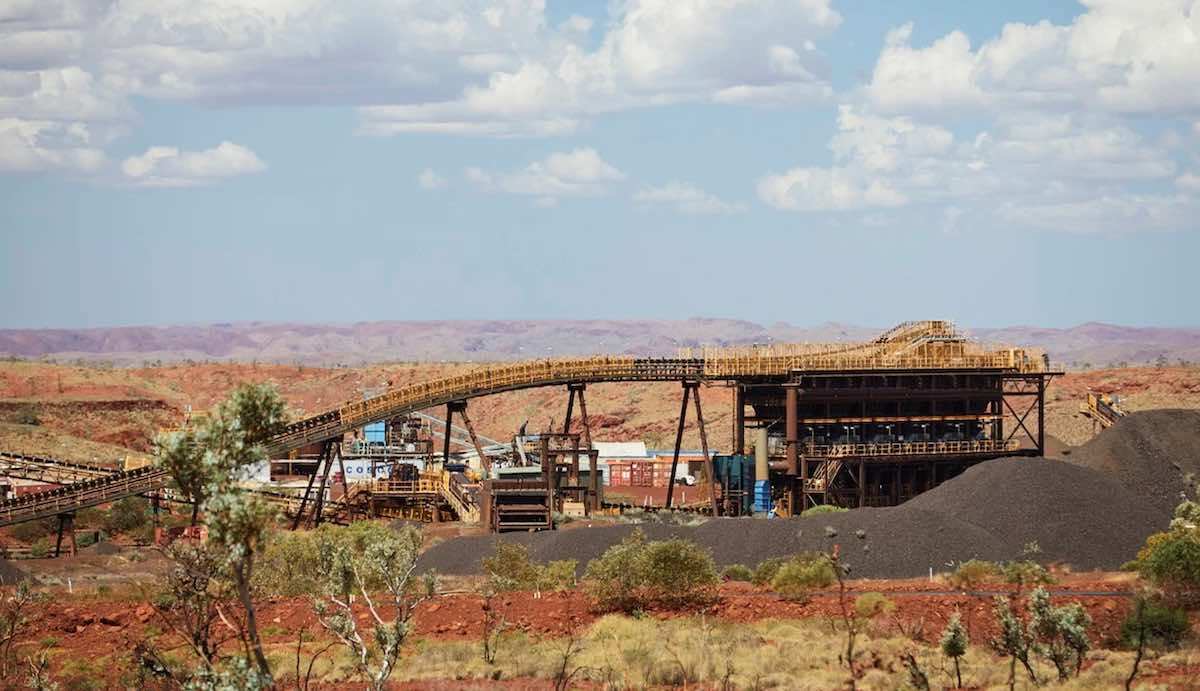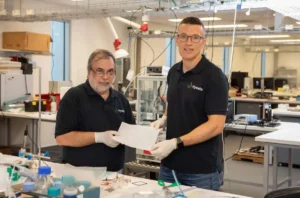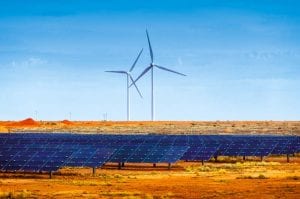The Australian Renewable Energy Agency (ARENA) has announced a big lift in funding for research into renewable hydrogen and green iron and steel projects, and announced 21 winning projects that will conduct R&D on the technologies.
Specifically, ARENA will award $59.1 million in funding across 21 research projects to support both the research and development (R&D) and commercialisation of renewable hydrogen and low emissions iron and steel research.
Two funding rounds – Renewable Hydrogen and Iron & Steel – were initially provided $25 million each, but Arena sats it has boosted the total funding to $59.1 million due to the number and quality of the applications.
It has made grants of between $1.3 million and $5 million to research teams at some of Australia’s leading universities, research organisations, start-ups, and companies, for projects which have a total value of $203 million.
“We’re backing Australian technological innovation that helps build our clean industries and underpins our ambitions of becoming a renewable energy superpower,” said Darren Miller, the CEO of Arena.
“Arena has a strong track record in funding and supporting early-stage innovation. Through our strategic priorities, we have highlighted the importance of renewable hydrogen and low emissions metals growing to become a significant export industry.
“Innovation starts in the lab, and we have the best minds taking our decarbonisation efforts to the next level – to the benefit of all Australians through jobs, lower emissions and cheaper energy.”
The winners include innovative green hydrogen companies such as Hysata, various new electrolyser technologies, and one proposal – put forward by Curtin University – to export hydrogen as a powder.
There are a number of different proposals to advance the transition to green iron and green steel, with the biggest recipient being Fortescue Future Industry’s plan to use low temperature technologies to produce green iron. It will receive $5 million to support a $42.6 million project.
Australia is the world’s largest exporter of iron ore, supplying up to 53% of international exports each year, so efforts to find a zero carbon route will be valuable to the efforts to cut global emissions.
Arena says its investment in low emissions iron and steel research is aimed at supporting a “step change in emissions abatement pathways in the production of iron and steel”.
The successful applicants, as well as their respective projects and funding, are listed below.
Iron & Steel R&D Funding Round
| Recipient | Project | ARENA funding ($) | Total Project Cost ($) |
| The University of Wollongong | Australian Pilbara Iron Ores in an Electric Smelting Furnace Process | 2.0m | 4.2m |
| Australian National University | De-risking large-scale Australian fine-ore hydrogen ironmaking | 4.8m | 13.7m |
| The University of Newcastle | Electric Smelting of Australian Hematite-Goethite DRI | 2.9m | 5.9m |
| MIH2 Pty Ltd (subsidiary of FFI) | Low Temperature Direct Electrochemical Reduction for Zero Emissions Iron | 5.0m | 42.6m |
| HILT CRC Limited | Upgrading Iron Ore for DRI Production Using Seawater Reverse Osmosis Brines Project | 1.4m | 5.7m |
| Macquarie University | Upcycling of steelmaking slag for material reuse | 1.5m | 7.2m |
| CSIRO | Low temperature iron ore agglomeration process for Australian iron ores | 2.6m | 5.3m |
| University of New South Wales | Blast Furnace Innovations: Integrating New Injections & Burdens for Sustainable, Low-Carbon Ironmaking Transitions | 4.4m | 18.1m |
| 24.6m | 102.7m |
Hydrogen R&D Funding Round
| Recipient | Project | Stream | ARENA funding ($) | Total Project Cost ($) |
| Future Energy Exports CRC Limited | Development and demonstration of safe, efficient hydrogen liquefaction through optimized mixed refrigerants and plant design | Storage and Distribution | 2.1m | 6.3m |
| Cavendish Renewable Technology Pty Ltd | Efficient, scalable, and modular ammonia to hydrogen/electricity conversion system development and demonstration | Storage and Distribution | 1.6m | 4.3m |
| Hysata Pty Ltd | High-temperature, Ultra-high Efficiency Green Hydrogen Production | Production | 3.0 | 5.9m |
| Curtin University | Hydrogen export using a powder | Storage and Distribution | 5.0m | 16.5m |
| Monash University | Lowering the cost of proton exchange water electrolysis systems | Production | 2.3m | 7.2m |
| Australian National University | Accelerating the Commercialisation of the Direct Solar-to-Hydrogen Technology | Production | 2.2m | 7.5m |
| University of Melbourne | Mega-Scale Liquid H2 Storage with Super-Insulated Full-Containment and Zero-Boil-Off | Storage and Distribution | 3.1m | 6.6m |
| The University of Sydney | Advanced Manufacturing Alkaline Electrolyser Cell- Stacks for Affordable and Scalable Green Hydrogen Production | Production | 2.2m | 5.9m |
| University of New South Wales | Production, Multiphase Electrolysers for Renewable Ammonia Production | Production | 1.9m | 7.2m |
| Australian National University | H2 storage enabled by nano-scaffolded gas hydrate capsules with ground-source energy utilisation | Storage and Distribution | 1.4m | 5.5m |
| Jupiter Ionics Pty Ltd | Capital Cost reduction in electrochemical ammonia synthesis | Production | 2.5m | 6.5m |
| Royal Melbourne Institute of Technology | Solar-Energy-Driven Modular Floatable Device for Scalable Green Hydrogen Production from Wastewater | Production | 2.0m | 5.9m |
| MIH2 Pty Ltd (subsidiary of FFI) | Scale up and demonstration of next generation CSIRO axial flow electrolyser for green hydrogen production | Production | 4.9m | 14.3m |
| 34.2m | 99.6m |










